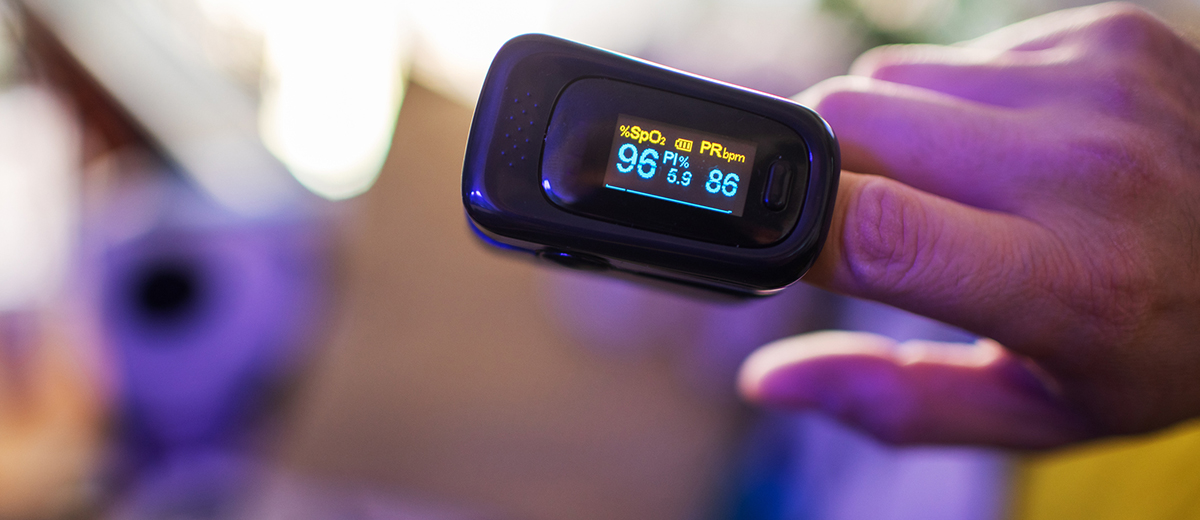As a school nurse, you already know the benefits of a pulse oximeter when caring for asthmatic students.
But another benefit of a pulse oximeter is to assess silent hypoxia.
According to the Mayo Clinic, a normal pulse oximeter oxygen level reading is between 95% and 100%. Anything less than 90% is considered dangerously low, or hypoxic (showing a deficiency of oxygen in the blood). Recently, doctors have reported COVID-19 patients entering the hospital with oxygen levels at 50% or below.
Why is this happening? Doctors speculate that, for some people, lung problems as a result of COVID-19 progress in a way that isn't immediately apparent. As patients focus on battling symptoms like fever and diarrhea, the body begins fighting back against the lack of oxygen by speeding up breathing to compensate.
As a result, people may not be aware of their rapid breathing rate and thus don't seek help. Meanwhile, their blood oxygen levels continue to fall, and the body slowly becomes adjusted to the lower oxygen levels, much like what happens when a person travels to a high altitude.
Luckily, silent hypoxia can be determined with a fingertip pulse oximeter, which is extremely reliable in detecting oxygenation problems and elevated heart rates. Having a pulse oximeter in your health office could allow you to provide an early warning sign of breathing problems associated with COVID-19.
Click here to shop MacGill’s selection of pulse oximeters. Please contact us if you have any questions.
Source: You can read more about pulse oximeters and COVID-19 by clicking here.





